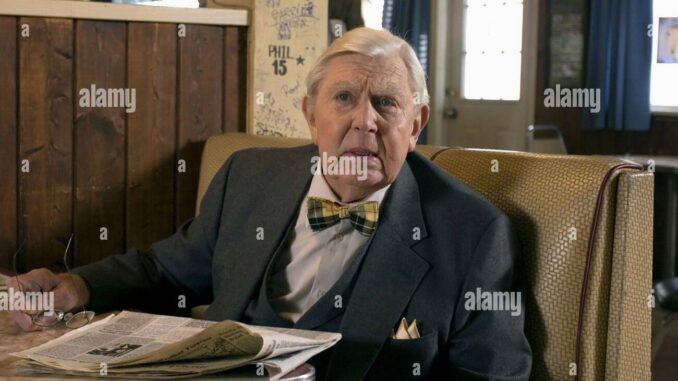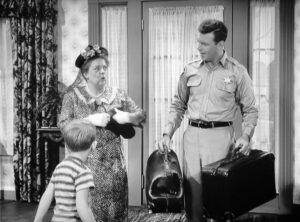
The Andy Griffith Show holds a special place in the hearts of many. Its depiction of small-town life, humor, and heartfelt lessons make it a classic. Yet, as a modern viewer, I find myself grappling with the tension between its charm and its flaws.
The show’s strengths are undeniable. The relationship between Andy and Opie is one of television’s most touching father-son dynamics. The comedic genius of Don Knotts as Barney Fife adds layers of humor, making the series a joy to watch. The writing, though simple, often carries profound lessons about honesty, kindness, and community.

However, its portrayal of Mayberry as an idyllic town glosses over significant social realities. The absence of racial diversity and engagement with contemporary issues creates an incomplete picture of 1960s America. For viewers aware of the era’s struggles, this omission can feel disingenuous.
Additionally, the show’s treatment of women often reflects outdated stereotypes. Female characters, while occasionally strong and independent, are usually secondary to their male counterparts. This dynamic limits their roles and highlights the show’s alignment with traditional gender norms.
Reflecting on these aspects doesn’t diminish the joy The Andy Griffith Show brings but deepens our understanding of its cultural context. By acknowledging its imperfections, we can appreciate its contributions while striving for more inclusive and representative storytelling in the future.
